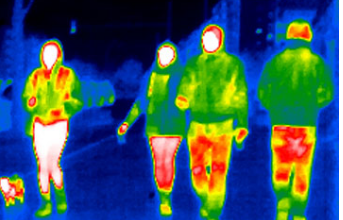“Jaw-Dropping Discovery: Unveiling the Gigantic Skull of a Sea Monster! Is This the Fiercest Predator in History?”

The cliffs along Dorset’s Jurassic Sea Monster Coast have yielded the skull of an enormous sea monster, belonging to a pliosaur—an intimidating marine reptile that ruled the oceans around 150 million years ago. Measuring 2 meters (6 feet 5 inches) in length, this fossil is one of the most complete specimens ever discovered, offering valuable insights into the behavior of this ancient predator.
The unveiling of the skull, set to feature in a special New Year’s Day program on BBC One hosted by Sea Monster David Attenborough, elicited gasps from onlookers. Local paleontologist Steve Etches, who considers it one of the best fossils he has ever worked on, emphasizes its uniqueness. Unlike many other specimens, this pliosaur’s lower jaw and upper skull are intricately preserved, providing an unparalleled level of detail.
Sea Monster
The colossal size of the skull, longer than most humans are tall, underscores the immense scale of the creature. The skull boasts 130 teeth, particularly notable for their length and sharpness. Examination reveals fine ridges on the back of each tooth, suggesting a specialized adaptation for piercing flesh and facilitating swift extraction for a rapid second attack.
Measuring between 10 and 12 meters in length, Sea Monster the pliosaur was a formidable apex predator with powerful limbs, making it the ultimate marine killing machine. Dr. Andre Rowe of Bristol University likens it to an underwater T. rex, capable of preying on a variety of marine life, including other reptiles such as plesiosaurs and ichthyosaurs.
The discovery of this fossil skull was serendipitous, starting with a chance find by fossil enthusiast Phil Jacobs along a beach near Kimmeridge Bay. The subsequent extraction, conducted by Etches and Jacobs on ropes high above the Dorset beach, was an extraordinary feat. The painstaking months spent cleaning and examining the skull have proven worthwhile, as scientists anticipate gaining fresh insights into the life and dominance of these prehistoric reptiles.
Scientists, including palaeobiologist Prof Emily Rayfield, are eager to study the specimen. Analysis of circular openings at the rear of the head provides information about the pliosaur’s jaw muscles and the forces involved in crushing prey. Other features, such as small pits on the snout and a hole for a potential third eye, suggest acute sensory abilities.
The Etches Collection, Steve Etches’ museum in Kimmeridge, will soon display the skull, with hopes that additional fossil fragments may still be embedded in the cliffs. Given the rapidly eroding environment, Etches emphasizes the urgency of completing the excavation, labeling it a once-in-a-lifetime opportunity before the rest of the pliosaur is lost to the elements.




